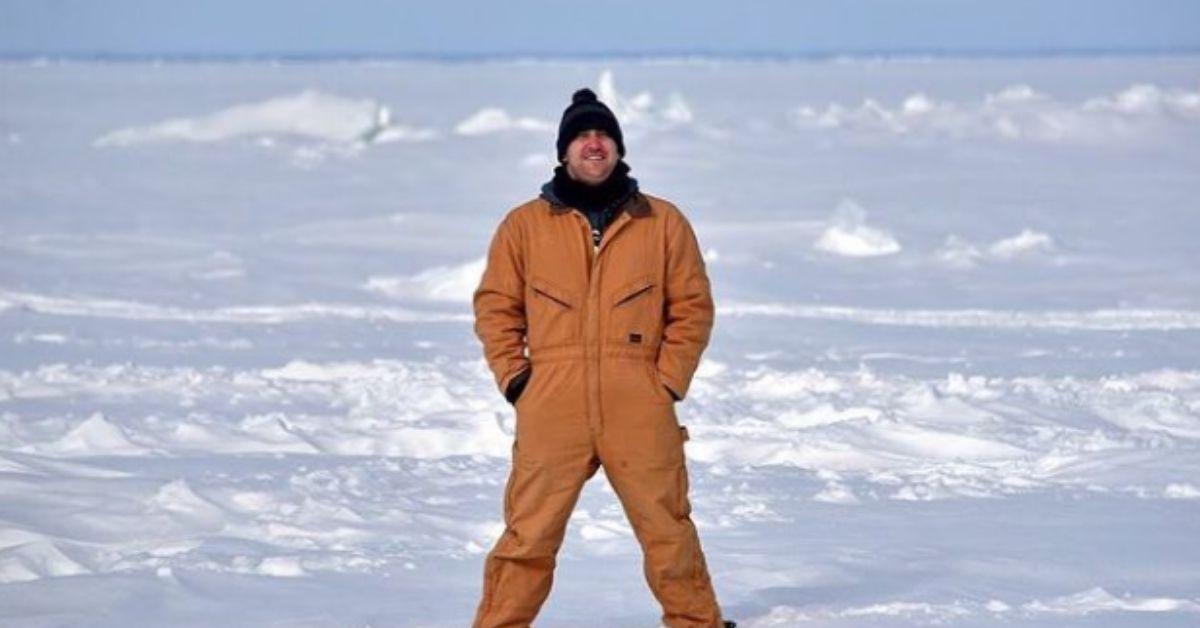4 Tips To Prevent Your Feet From Freezing This Winter
Once my toes get cold, there is a voice that pops in the back of my head with the sole intention of getting me to seek warmth. Quite honestly, the inner speech usually wins causing me to call my trip short and head back inside. Over the years, I've ever so slightly advanced my mental fortitude allowing me to stay outside a teeny bit longer. But more importantly, I've learned how to dress appropriately for the conditions. And that's what I want to share with you.
Here are the four most straightforward steps, rules, guidelines, whatever - for keeping your feet warm this winter.
1) Get The Best Boots You Can Afford
Photo Credit: Shop Mtn
Anyone who spends their time working or recreating outside will understand and appreciate quality boots. Having something comfortable, waterproof, and warm is essential. Whether you're hunting, hiking, or fishing - you won't make it far with cheap shoes.
Tall, insulated rubber boots are indispensable for hunters and anglers and these should be at the top of your list. Brands like Muck Boots, Lacrosse, and Simms make versions that will keep dry, warm, and protected for years. Expect to pay between $100-200 for a quality pair of insulated rubber boots. If that's out of your budget, check out RedHead boots at Bass Pro, they make an adequate version that will do the job.
Traditional winter boots or hunting boots with laces will work but make sure to get a pair with proper insulation and that are water-resistant. Hunting can be more stagnant than hiking, so the extra insulation found in many hunting boots will go much further than a boot designed for strictly hiking. Hiking boots are designed for people who move, while hunting boots are for both active and inactive movement, which I think is more similar to fishing.
What Are Those?!
Extreme Cold Vapor Boots, more commonly known as "Bunny Boots," are ultra-warm boots invented by the US Military for soldiers serving in the Korean War. Bunny boots feature robust insulation and waterproof technology, keeping toes warm in temperatures down to -50 degrees Fahrenheit.
All this heat comes with a price; Bunny Boots are some of the bulkiest boots you'll find; the name "bunny boots" was inspired by the club sized paws of a snowshoe hare. Like every good pair of sneakers, Extreme Cold Vapor Boots also come in a black model humorously named "Mickey Mouse" boots.
Army Surplus stores carry Extreme Cold Vapor Boots, and hardcore anglers across the ice belt still wear them today. If you see someone fishing in bunny boots, you can assume it's not their first rodeo. The chances are that person has attended a few fish fry's in their day.
2) Use The Right Socks
The standard cotton socks that virtually everyone wears daily are NOT what you want. I don't care whether you slip on three pairs; once your feet sweat, the cotton will stay wet throughout the day while providing minimal warmth. Instead, try a thick pair of wool socks that repel water and still provide warmth even when wet.
Leave It To The Ski Bums
There is an old skier's hack where you combine silk and wool, creating a moisture wicking 1-2 punch that keeps you warm all the way to sundown. Start with a thin silk sock as your base layer, and then add on a thick pair of wool socks on top of that. The combo provides moisture-wicking ability from the silk and additional heat retention from the wool.
3) Leave A Little Room In Your Boots
Giving your toes a little extra room to move around inside the boot keeps you warmer. Tight-fitting boots will restrict blood circulation and make you cold quicker than a boot with ample room. Most boots leave enough space for the user to wear a thick sock but keep this in mind when gearing up; you don't want those toes to be too tight!
4) Put Something Under Your Feet
Putting something between your feet and the ground will make a world of difference. It can be a woodblock, a car mat, a foam pad, or even the lid to a 5-gallon bucket. While you're sitting for extended periods waiting for that next bite, slide something under your feet; I'm telling you it makes a difference.
Bonus Tips:
Keep The Core Warm - Once your core temperature drops, your body will start limiting your extremities' blood flow, which means your toes will get cold.
Eat Something - The digestion process from eating food will warm you from the inside out even if the food is cold. A thermos of hot chocolate never hurts either!
Updated December 29th, 2020 at 2:45 AM CT


